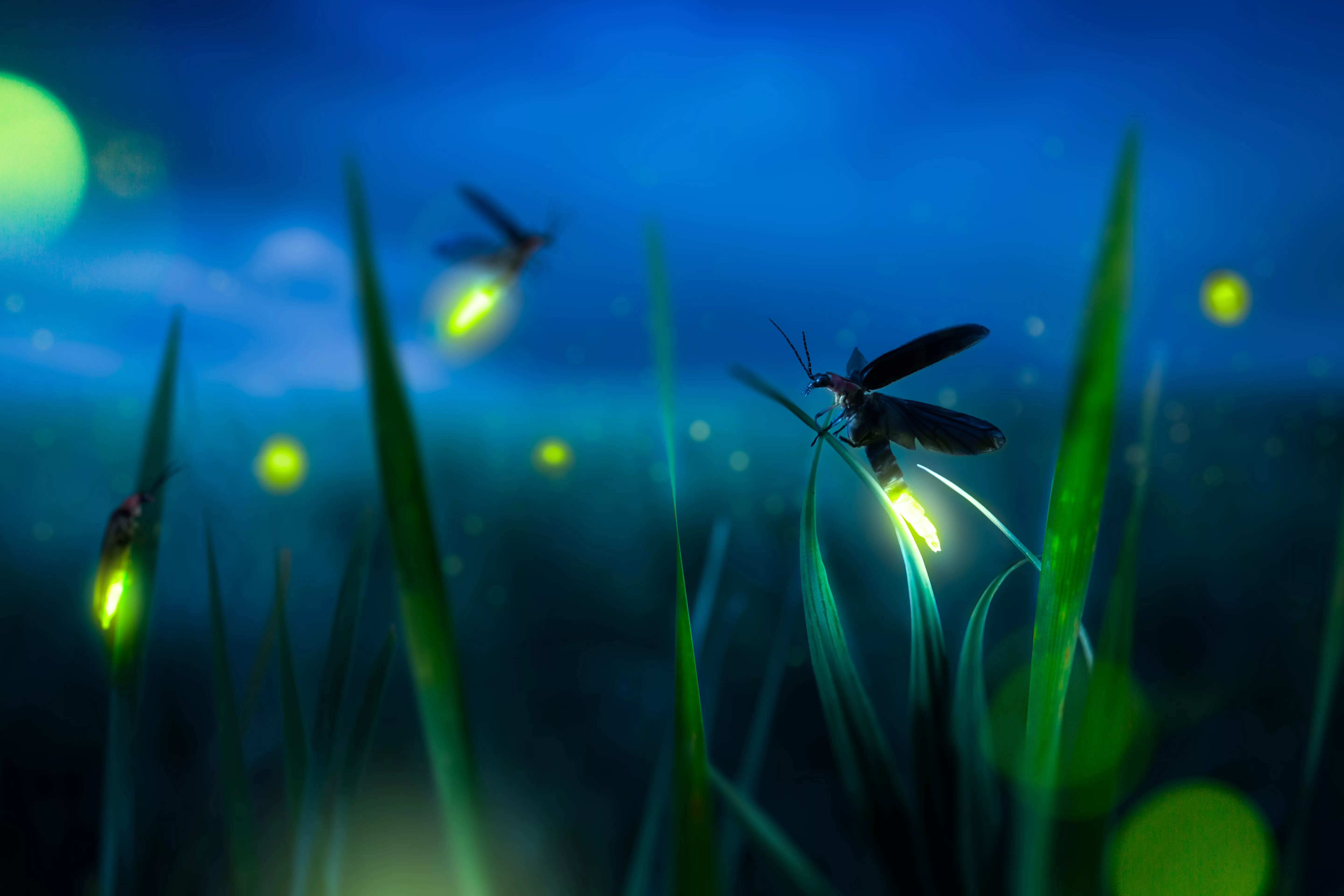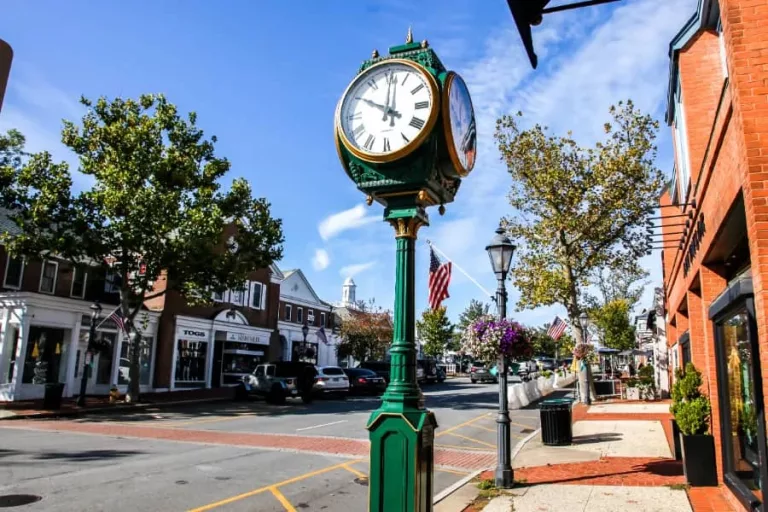
By Frank Gallo
The Magic of Fireflies
One of the most mesmerizing sights on a warm summer’s night is the little creatures that light up the skies – fireflies! Ever wonder why they blink and how they do it?
Despite their name, fireflies aren’t flies; they are special bioluminescent beetles in the family Lampyridae, that blink to communicate. Fireflies use their magical glow to talk to each other – it’s like Morse code for bugs, and each species has its unique blinking pattern. Connecticut has at least sixteen species of fireflies, but few are common. There are 150+ species in North America and more than 2,200 species worldwide.
Like all beetles, fireflies undergo a four-stage life cycle: egg, larva, pupa, and adult. After mating in mid-summer, adult females lay eggs in the ground under leaf litter usually in moist sites near water. Their eggs hatch in about three weeks and emerge as larvae that eat slugs, snails, worms, and a variety of insect larvae, including mosquitoes, and are beneficial in the garden. Although not all species of adult fireflies glow, their larvae are bioluminescent, earning them the name glow worms.
Fireflies spend up to two years as larvae, before pupating underground and emerging as adults several weeks later sometime in late spring and summer depending on the species. Adults spend their 2-4-week-long lives attracting mates to reproduce before they die.
So, how are they able to blink? It is all thanks to a chemical reaction. Inside their lower abdomen, fireflies have two chemicals – luciferin and luciferase. When oxygen combines with these chemicals, it triggers a reaction that results in their delightful glow. The glow isn’t hot like the flame of a candle – it’s cold light that produces very little heat.
Fireflies flash their light to attract potential mates. The males blink in a specific pattern, and the females respond with their unique signals so the males can find them. However, females of some species will purposely blink the pattern of another species. Why? To lure unsuspecting males of a different species to prey upon them. It’s a bug-eat-bug world out there.
Their blinking also reminds predators that fireflies are foul-tasting treats to avoid as they can create bitter-tasting chemicals when attacked.
Connecticut’s most common firefly species is the eastern or big dipper, Photinus pyralis, a half-inch long beetle with black wing covers trimmed in yellow with a yellow-edged pink headshield marked with a central dark dot. The dipper moniker comes from the male’s swooping J-shaped mating flight performed above the female while she watches from the vegetation below. After mating females lay eggs in moist ground under leaf litter and after 2-3 weeks both adult males and females die.
Although fireflies are seen in May, peak firefly season is usually mid-June to mid-July. Fireflies emerge at dusk and their yellow-green blinking lights are often seen near the ground at forest edges and in meadows.
So, the next time you are out on a warm summer evening, keep your eyes peeled for these winking wonders. Try watching to see if you can discern the patterns from different species, and remember, each blink tells a story, whether it’s one of love connections or cunning traps.
Fireflies in Decline
Firefly numbers are declining globally due to habitat loss, pesticide use, and light pollution.
New Canaan hosts the first firefly sanctuary in the US, the New Canaan Land Trust’s (NCLT) Marvin, Massarella, & Friends Firefly Sanctuary. Created in 1983 and enlarged in 2015, it protects 6.5 acres for fireflies near the intersection of Sleepy Hollow Road and Laurel Road. Thousands of fireflies may be seen here each evening from late June through early to mid-July. NCLT requires reservations to visit during firefly season- https://newcanaanlandtrust.org/events/
New Canaan Nature Center has a Night of 1,000 Fireflies, Saturday, July 13th (7:15pm or 8:30pm) Reservations are required at: https://newcanaannature.org/night-hikes/. Waveny Park, where fireflies provide a natural lightshow for the 4th of July celebrations, is another local haven for fireflies.
Dr. Sara Lewis, biology professor emerita at Tufts University, grew up in Woodbridge Connecticut, and is a world authority on fireflies. Her many published works have enlightened our understanding of these fascinating creatures. Her book Silent Sparks: The Wondrous World of Fireflies, and her popular TED talk, “The Loves and Lives of Fireflies,” are available if you wish to learn more. A recorded conversation with Dr. Lewis is also available at https://newcanaanlandtrust.org/firefly/
How You Can Help Fireflies
According to the UCONN Extension Service, here are ways to benefit firefly populations:
Turn off outside lights at night.
Plant trees and leave litter under trees for fireflies to grow.
Add an area of calm water to your property, such as a water garden.
Avoid the use of pesticides, especially on lawns
For more information about fireflies and ways to help increase their populations, investigate the Firefly Research and Conservation organization at firefly.org.



